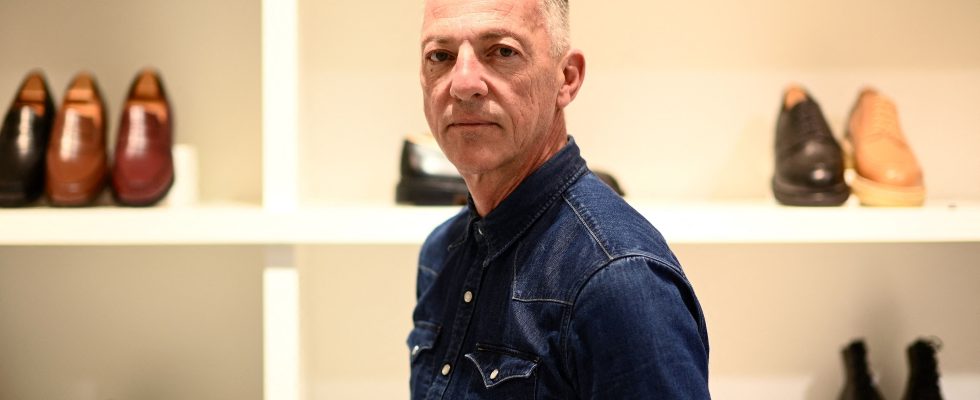Literature is the art that contains them all, in the sense that without it, without the writing of their history, the arts would only be an orality without reality, subject to all doubts, a sadness. In their existential anxiety, artists are useful only through the story of the creations they inflict on the art they claim to be and after which it is no longer quite the same. If I’m boring you, I’ll stop. One last thing: by getting to know the art in which, as children or teenagers, they have engaged, the more they like it, the greater their desire to dynamite it.
Because there is no better way to conquer a thing, a being, a territory than by putting it on the ground: it is then easier to pick it up, they will resuscitate it and we will recognize their genius. They are naughty like that the artists I know, and I know a little about the trouble this method causes them. Then there are the clever ones, those who manage to hide their primitive intentions behind big smiles and good manners. As long as they know how to coat their megalomaniacal ambitions with courteous rhetoric and a touch of humor, it’s won. These I envy, but as I get older I only admire them.
Olivier Saillard has only about thirty years left on the trajectory he has chosen, as sensational as it is upward, in order to achieve something very specific in his head. Mad about clothes, the little Olivier created in 1979 the magazine The Grand Couturier, he is 12 years old. Complexed by his modest origins (taxi drivers in Pontarlier), he failed the entrance exams to the major fashion schools.
Universal applause
To do nothing like everyone else, he spent his military service at the Fashion and Textile Museum under the status of conscientious objector. He comes out as a fashion historian. He must have nimble fingers or long teeth. Or both, my captain. At university, his graduation thesis proposes “the body as clothing”, in other words: fuck fashion. He abandoned this schoolboy concept only in appearance, continuing to shake off the apathy of various fashion museums, first in Marseille, then in Paris, at the Museum of Decorative Arts, and as far as the Palais Galliera, where he mounts conceptual parades, without pomp or celebration, which command respect.
He founded Moda Povera, an “educational company” against the current of the system: it costs next to nothing, the models talk, dance or move forward holding old costumes at arm’s length, too fragile to be worn. During another fashion show, but a very beautiful one, he puts himself on the stage cutting a coat out of the model’s body, there, like that, in front of everyone. These curious parades, Dora has seen them all in real life. I preferred to watch them in replay, but there, I wanted to go there, because of the proposed story: the designer emptied the wardrobe of his mother, who recently died, and with all her belongings, from the dressing gown to the handkerchief , from the T-shirt to the bottom of the satin skirt (“Renée dressed with little, but choice”), he created haute couture clothes.
The scenography is simple, the couturier appears on the ephemeral catwalk of the Cartier Foundation, his arms laden with a garment that the narrator Zoé Guédard presents: Triptych of feelings. Saillard offers the spectral Axelle Doué the clothes she is going to wear, with his help. Between the artist and his model, the choreography is tender, those who think badly about it will say it is incestuous. It is prescribed, it is in the hereafter. The designer withdraws to let his muse do her pussy, back and forth on her high heels. After which, a snake abandoning its moult, it takes off the coat which it lets drip on the ground. Olivier Saillard will pick up this remains after having dressed his model in a new garment, and so on until the 23rd, the Little Nothing – Handkerchiefs of a Life / Melted in a Pair of Moment Gloves which closes the show. Universal applause.
* Christophe Donner is a writer
